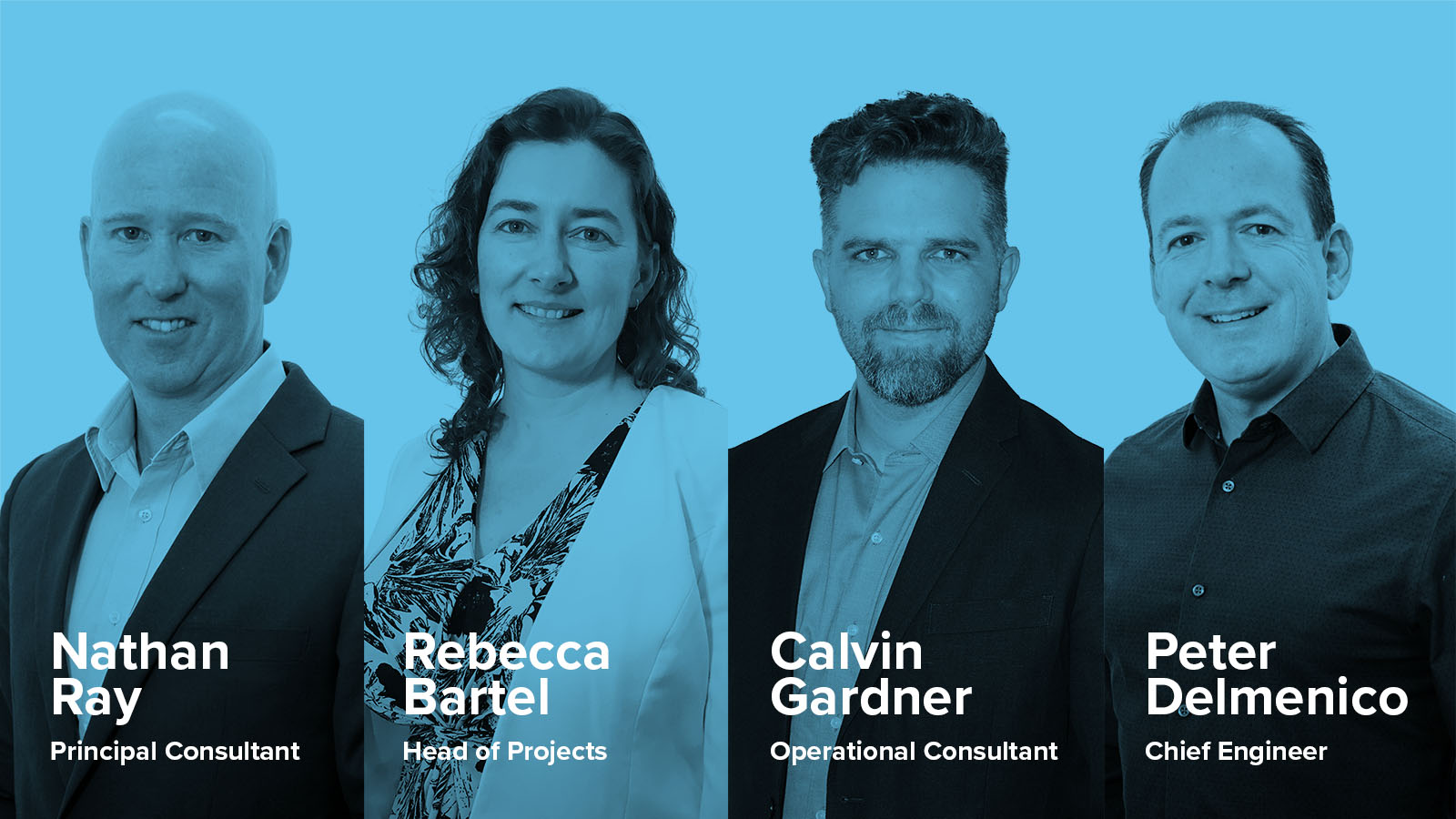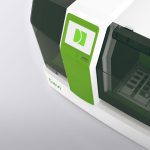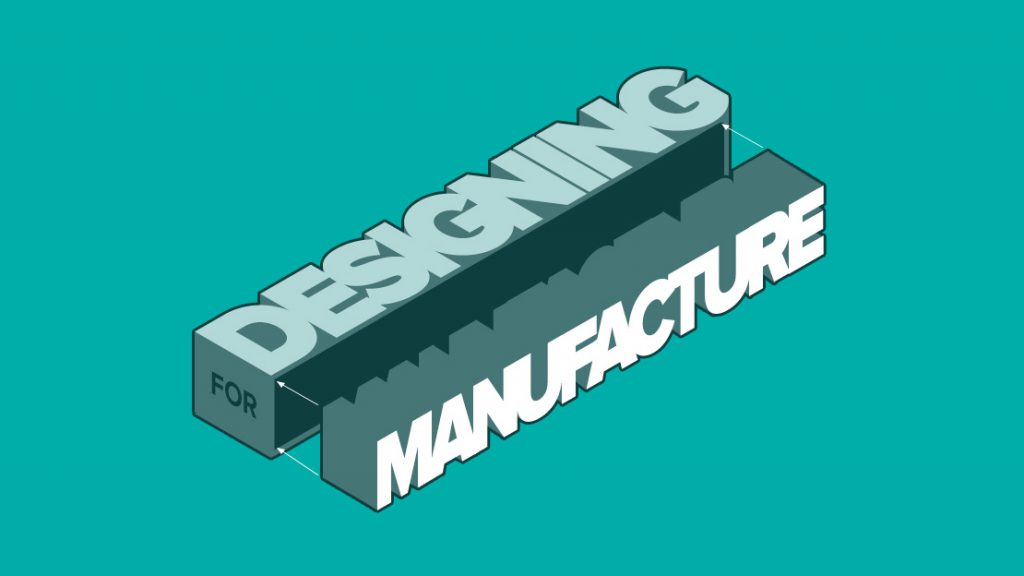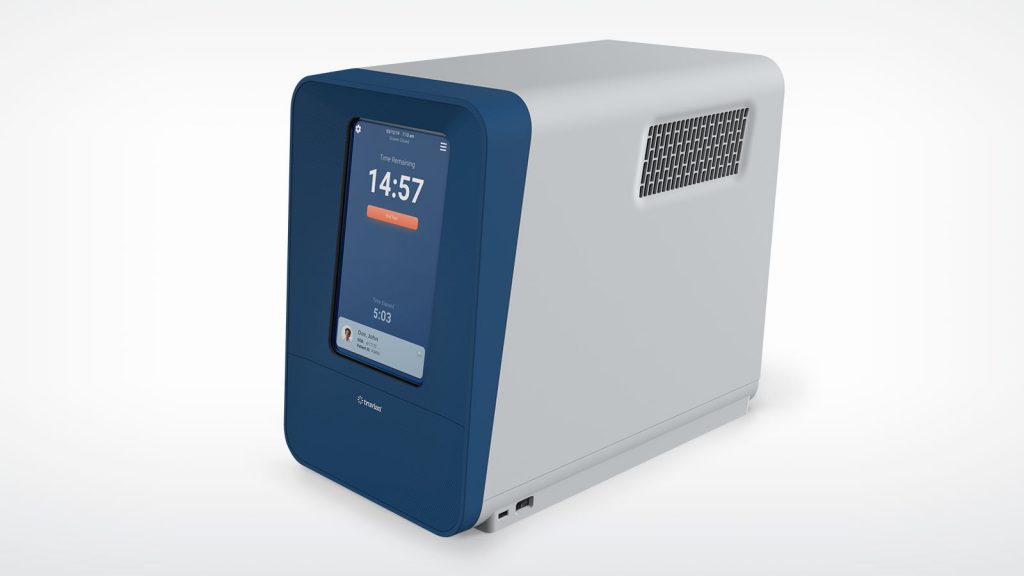
Developing a complex in vitro diagnostic (IVD) product is a huge undertaking, and with so much at stake, it’s crucial to get it right. The Planet Innovation team has years of experience partnering with leading and emerging clinical diagnostic companies on high-throughput, lab-based instruments and we’ve learned a few things along the way. To share our insights with the broader diagnostics community, we asked some of our key experts what they consider to be the most important things to get right when developing complex IVD products. This is what they said.
Nathan Ray, Principal Consultant
Get your architecture in place early to support the workflow and throughput.
When you start a big IVD development, the first things you need to understand are the sample workflow and system throughput, because most lab-based diagnostics require a high throughput. Once you know these, you can develop the instrument architecture. There are a lot of additional features, like connectivity and walk-away time that will impact size and some of the decisions you make, but the most important thing is being able to split that workflow into modules that make sense for the flow of the sample.
The next part is creating an architecture that’s simple enough that you can develop the product in a timely fashion, which can be two to four years for complex projects. Once you have an architecture, you can plan out your development based on the technical risks. You can focus on addressing those key risks early by building small proof-of-principle rigs to test your approach, and once you’re confident, you can join all the parts into a single instrument. The earlier you can have something for software to develop on the better, and then you can turn your attention to delivering prototypes for testing and trade shows. We know that shows are important, as the sales cycle for big instruments is often over a year, so you need to produce prototypes that can be demonstrated a year or two in advance.
Rebecca Bartel, Head of Projects
Collaboration and communication are key.
With big developments, you often have a lot of different strands that need to come together to be successful. If one part gets off track it can impact the project as a whole, so good communication is absolutely essential to ensure everyone is on the same page.
At Planet Innovation, we often work with clients within a blended team, so our people are working right alongside clients’ scientists and internal engineering teams. The clients are the experts on their assays and workflows, so at the outset we are working very closely with them to establish the workflow and understand the critical parts, timings and performance characteristics. Together, we make trade-off decisions, so we can establish the design goals, use that to guide the development and check back in on those design goals along the way.
As the development goes on and the team grows—often upwards of 50 people across the client and PI teams – you need to have really clear communication pathways in place at all levels. Regular touchpoints should be planned out and channels mapped for escalating issues and getting fast decisions from product owners, technical leads and others. In addition to regular face-to-face meetings, we often have an operational consultant or systems engineer embedded onsite for months or even years during development. Having these communication systems in place helps ensure that projects stay on track, within scope, and with the right overall outcome.
Calvin Gardner, Operational Consultant
Get manufacturing input early in the design process.
A strong understanding of requirements and making key trade off decisions early is critical, along with creating a blended team with clear lines of communication. Another element I’d call out is the ability to take input and feedback from manufacturing experts early on. This helps to avoid pitfalls design engineers may not always have in mind. Throughout my career, I’ve come across prototypes which were built without sufficient consideration of how they might be manufactured. These then required a new design cycle before being ready for production.
Planet Innovation approaches this differently from most, getting a selected team of manufacturing folks involved early. They bring a production lens that a typical design engineer may not have. This might include how cables will be routed, how parts will be mated, how the instrument can be put together most quickly and cost-effectively on the assembly line, or how things can be tested and verified, to name a few. At PI, we use a Seamless Transfer process with overlapping phases for understanding the requirements and early design, prototyping, going through alpha and beta units, and planning for transition to manufacture. And while Planet Innovation would obviously love to always be handing over to our own manufacturing team, we have deep experience at transitioning to external manufacturers if that better suits our client’s needs.
Peter Delmenico, Chief Engineer
Make sure your core tech is solid before accelerating anything else.
My colleagues have all made excellent points, but in closing, I’d just like to circle back to the very start of a development. One issue we’ve encountered is that projects can get ahead of themselves. Creating a new product is exciting, and it’s easy to overestimate the maturity of your core tech. That can be costly, and bigger projects amplify the issue. When developing complex clinical diagnostic instruments, projects can get a momentum of their own. Often, we find that many of the items surrounding the core technology proceed quickly, reaching a level of maturity that’s out of sync with the core tech. Instead, we advocate for starting big projects with a smaller bite—focusing on key architecture and performing a feasibility assessment with eyes wide open. That way, we can remove risks ahead of the larger development. Once all the feasibility boxes have been checked, everything is at the proper readiness level, and you’ve got a clear understanding of market needs, you can justify scaling up the team, and move forward with the best chance of success.
Wrap up.
There you have it—candid insights from people who have dedicated their careers to helping companies build complex IVD products. To hear more from the Planet Innovation team or to discuss your own development challenges, please get in touch or visit the team at booth #2158 at AACC this month.








